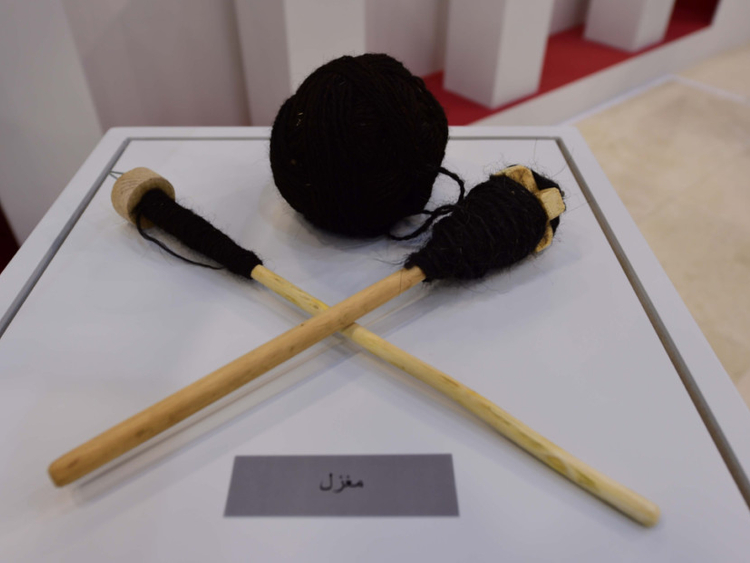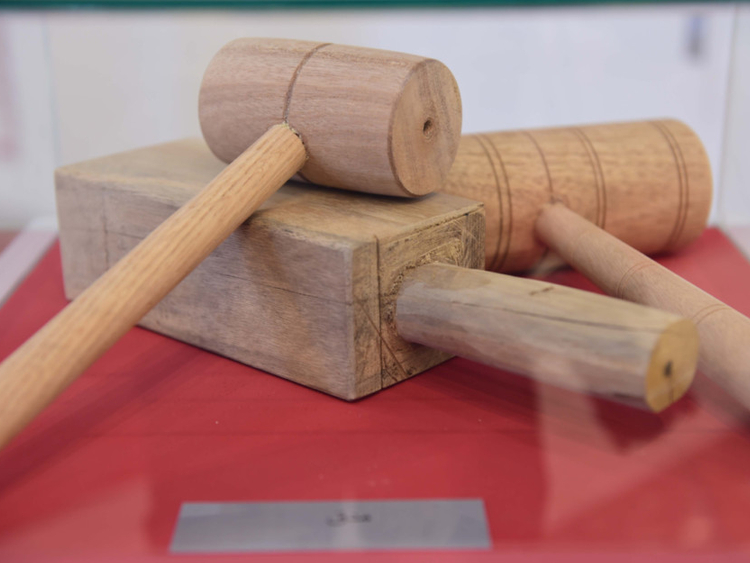
Sharjah: A new exhibition about Emirati embroidery has come as a stitch in time. The show is part of wider efforts to keep tradition alive, especially among the youth, so the skill-set can continue to be passed down the generations, an official said.
The exhibition, featuring colourful handmade Emirati embroidery, is taking place at the Sharjah Institute of Heritage (SIH) in University City till the end of March.
It was launched in January as part of the two-day 10th Traditional Crafts Forum organised by SIH, which discussed the challenges facing heritage crafts, among other topics.
In an interview, SIH Chairman Abdul Aziz Al Musallam told Gulf News that embroidery is a household tradition in the UAE, with mothers teaching daughters the ins and outs of the skill. However, the tradition has waned somewhat with the rise of international fashion and readymade attire competing for the youth’s attention now.
“Emiratis tended to have a greater awareness of the art and its cultural significance. However, we continue to find that younger generations are often not as well versed in the crafts and skills of their forefathers, and there is a concern that some skills have been forgotten or are not being passed on as much as they might have done just 40 years ago,” Al Musallam said.
“There is an argument that the rise and convenience of buying international clothing brands — accessible from a multitude of malls or online retail outlets – have offered a quick way to buy ready-made clothing. In many ways, not just in the UAE, this has led to a sort of homogenised international style that has less to do with locally-inspired design or traditions.
“Still, at SIH, we don’t regale against progress. We simply seek to provide a platform for translating the significance of traditional practices into a modern context and invite young people at the exhibition to take up the traditional crafts and artistry of Emirati embroidery and knitting traditions.”
He added: “Of course, it is logical to say that if we can reach more people from the younger generations, the indigenous skills of our ancestors will be safe for many more generations to come.”
To expats and tourists, perhaps the most well-known examples of Emirati embroidery are the handiwork stitched along the neckline and sleeve-ends of the jalabiya (Emirati women’s gowns), and the gold braiding sewn into the bisht – a light, outer-cloak made of wool that is worn over men’s thobe on special or formal occasions.
At the free exhibition, open from 9am-2pm daily, visitors can view several examples of such specimens, as well as the raw materials and traditional tools used in the process. One of these is talli embroidery — an intricate style of extremely minute detail, typically using bright threads to decorate women’s clothing. Other Emirati styles include thobe il talli, thobe il thaiel, and thobe bil zari.
Learning Emirati embroidery is not any easier or harder than similar art forms, Al Musallam said, adding that “many who have taken up the craft at one of our regularly organised workshops have gone on to be extremely proficient”.
Besides Emiratis, the exhibition has also attracted visitors of many different nationalities who are curious to learn more about Emirati culture and see some of works on display, the chairman said.
“To an outsider, embroidery and knitting may be one of the least publicised elements of the UAE’s culture. However, it is one that has stood the test of time and is well known to the Emiratis themselves.
“What we hope to achieve by showcasing elements of UAE cultural heritage is to [connect] young Emiratis with their past as well as open up a platform for visitors of all nationalities to learn more about the UAE’s cultural traditions.”
























